Home page
Professor Nicole F. Bell
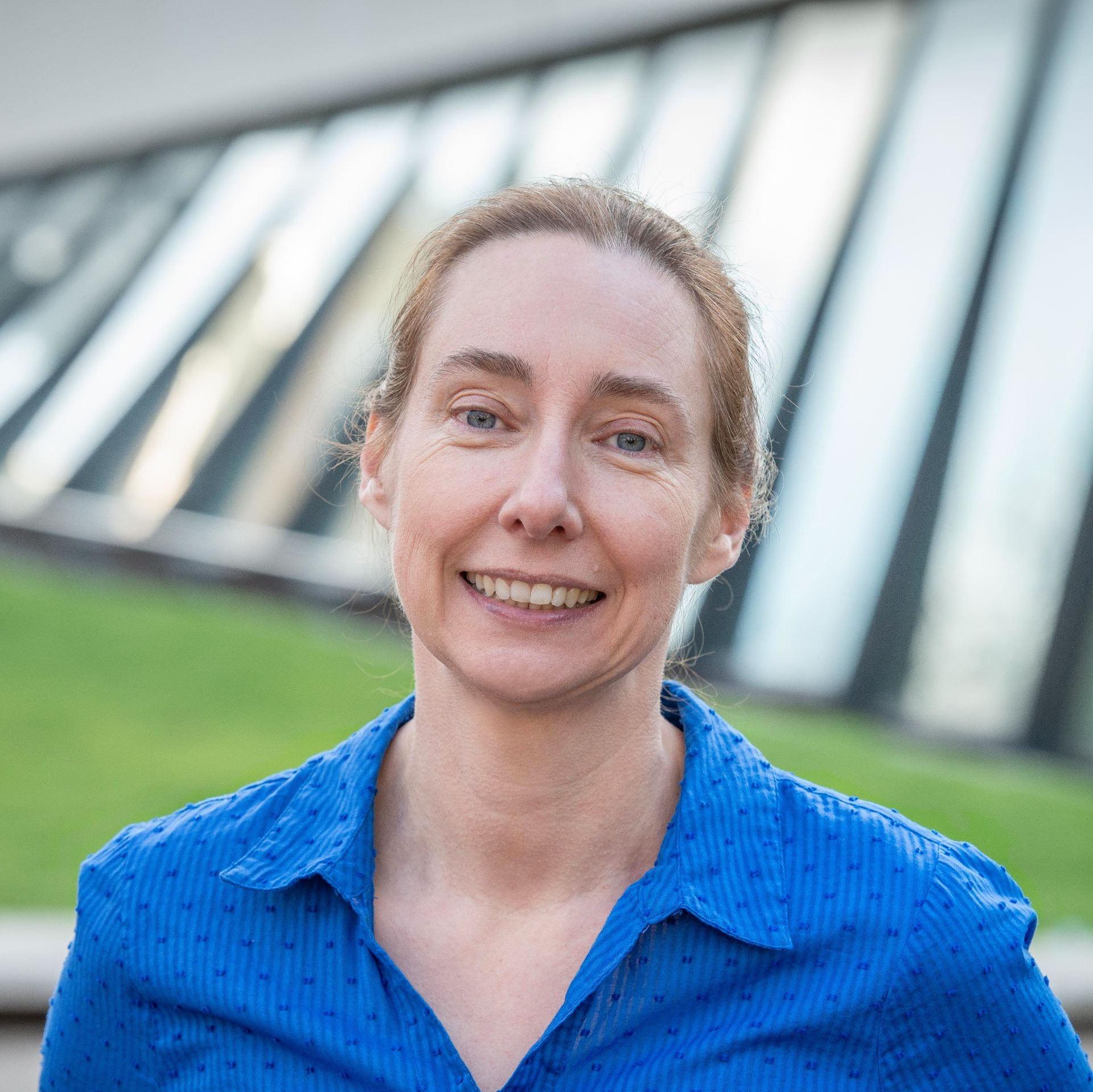
Professor Nicole Bell is a theoretical physicist at the University of Melbourne.
Her research lies at the interface of particle physics, astrophysics and cosmology, with particular expertise in dark matter and neutrino physics.
She leads the Theory Program of the ARC Centre of Excellence for Dark Matter Particle Physics.
Prof Bell is the Immediate Past President of The Australian Institute of Physics.
What are the fundamental building blocks of which the Universe is made and what are the laws of Nature which govern them? Understanding Universe at the most basic level is the ultimate goal of my research. As a theoretical physicist working at the intersection of particle physics and astrophysics, I use clues from particle physics experiments, astrophysical observations, and beyond, to understand the fundamental interactions and matter of the subnuclear world. Topics of particular interest include:
– Dark Matter
– Neutrino Physics
– Matter-antimatter asymmetries
Read about these topics here:
Pursuit article: Neutrinos are the Sun’s secret messengers
Pursuit article: Dark Matter might be ‘Light’
Cosmos article: Searching for the neutrino floor: Why matter matters
Pursuit article: Using Neutron Stars to Detect Dark Matter
APS Physics magazine: Theorists React to Potential Signal in Dark Matter Detector
For more information see:
ARC Centre of Excellence for Dark Matter Particle Physics
ARC Centre of Excellence for Particle Physics at the Terascale
U. Melbourne Particle Theory Group
A full publication list is available on INSPIRE or Google Scholar.
Dark Matter
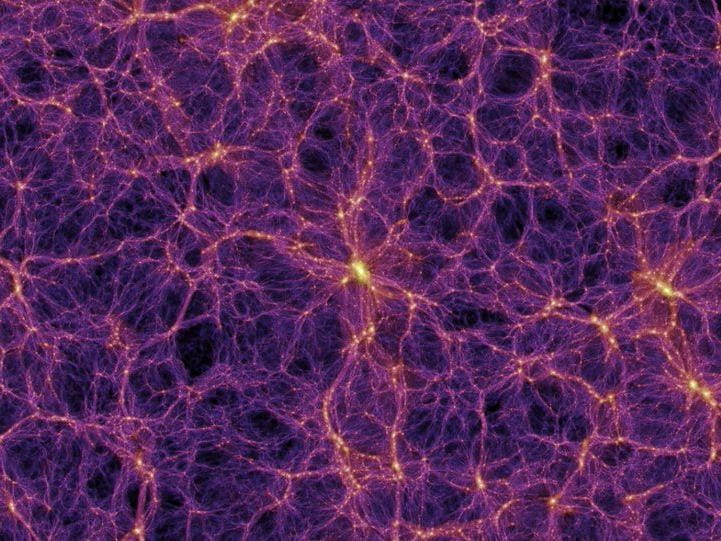
The cosmic web. Image credit: V. Springel, Max-Planck-Institute for Astrophysics.
Most of the matter in the Universe consists of dark, unknown particles, and is the strongest direct evidence that our knowledge of elementary particle physics is incomplete. The quest to identify this cosmological dark matter is one of the foremost goals of modern science.
My research looks for clues using high energy particle collider experiments, underground direct detection experiments, or astrophysical signals from regions of high dark matter density such as the Galactic centre. Ultimately, we aim to develop the theoretical framework to describe dark matter particles and their interactions, incorporating dark matter into a new fundamental theory of Nature.
Neutrino Physics
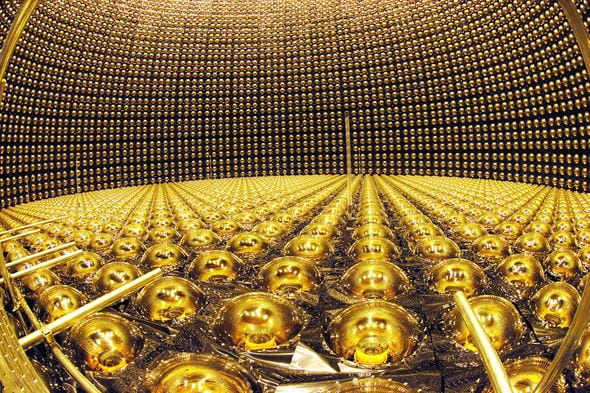
The Super-Kamiokande neutrino detector. Image credit: Getty Images.
Neutrinos are the least understood of the known elementary particles. Yet they hold the key to some of the most fundamental open questions in physics. Chief among the open questions is whether the neutrino is its own antiparticle, and whether they are responsible for the creation of the matter-antimatter asymmetry of the Universe. Neutrinos are produced in copious amounts by nuclear fusion processes in the Sun, and serve as unique cosmic messengers from astrophysical systems such as supernova and from the Universe itself. They also contribute a background signal in dark matter detectors, the so-called “neutrino-floor”. My research aims to investigate the fundamental particle properties of neutrinos, and use neutrinos to probe astrophysics.
New particles and interactions
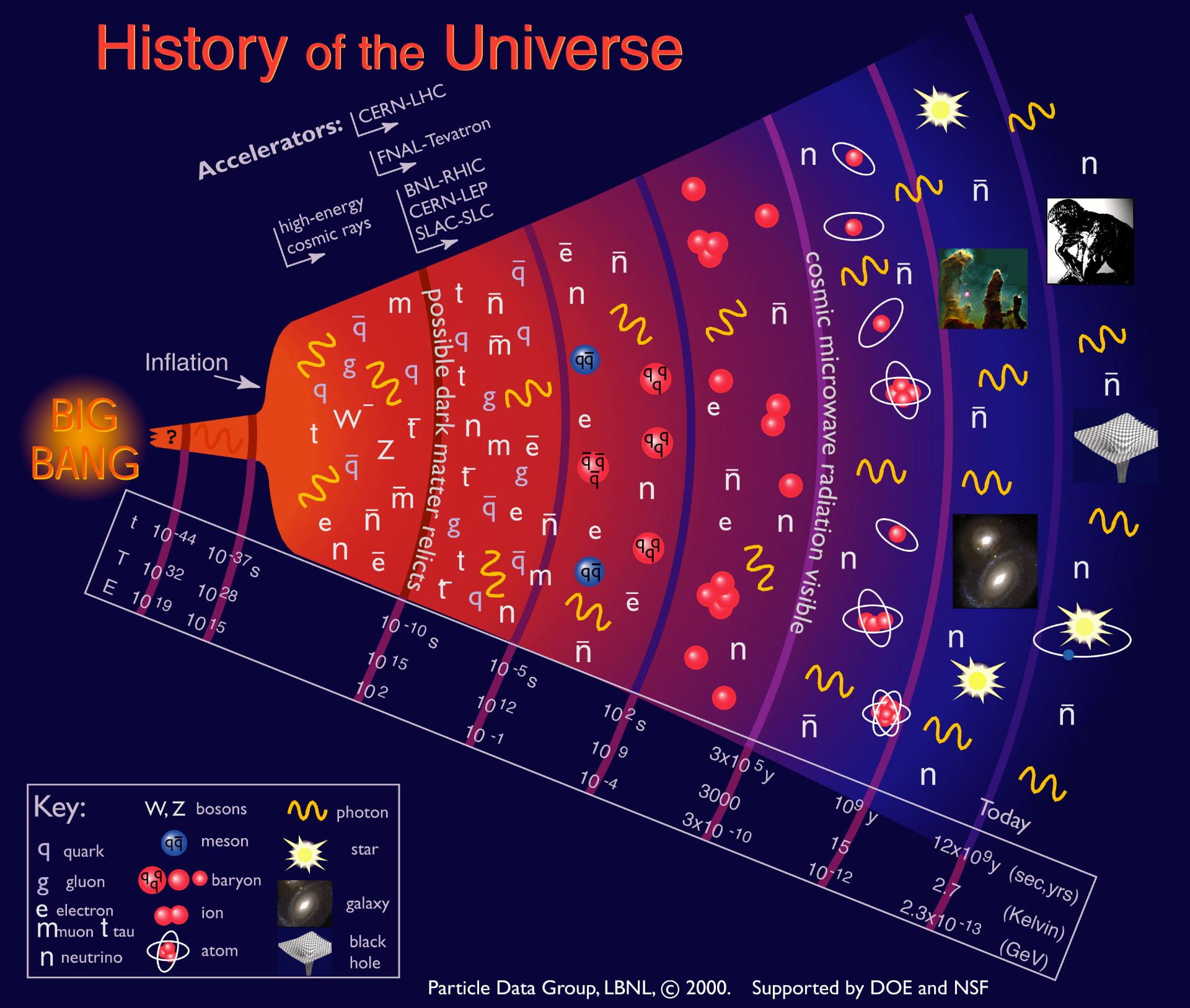
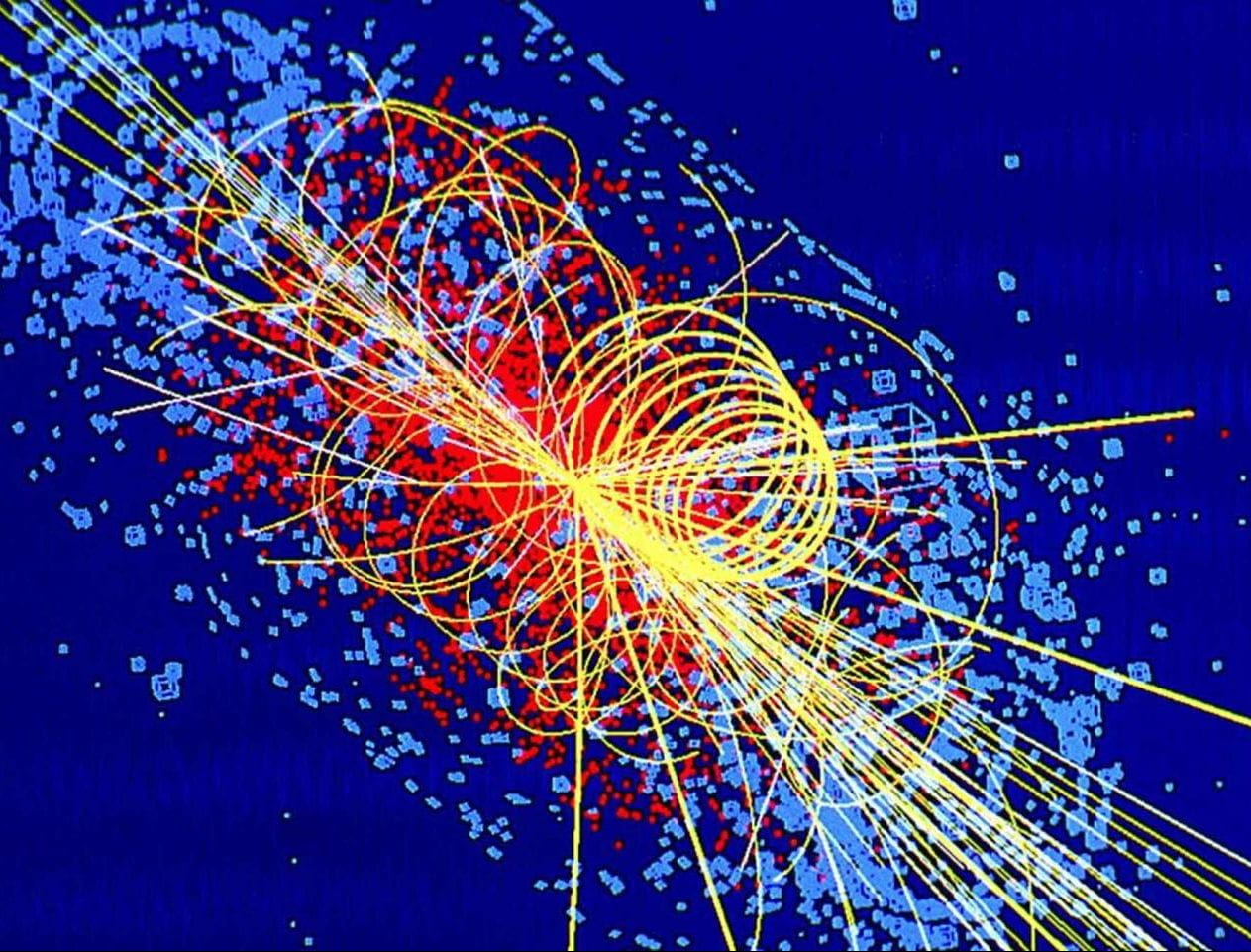
Image Credit: Particle Data Group. Particle Collisions. Image Credit: Lucas Taylor/CMS.
There are a number of clues that the so-called Standard Model of particle physics is incomplete. For example, in addition to open questions about dark matter and neutrinos, new particles and interactions are required to explain the cosmological matter-antimatter asymmetry. These new particles could take a variety of forms, e.g., additional Higgs bosons or extra, heavy, neutrinos. In order to find these new particles, we typically need to access high energy scales, either by accelerating particles in collider experiments, or studying the physics of the early universe (i.e., the big bang). By combining such clues, we aim to develop a more complete understanding of the Universe at the most fundamental level.
Detailed CV: Nicole_Bell_CV
Current Appointments
2020 – onward Professor, School of Physics, The University of Melbourne
2020 – onward Theory Program Leader, Centre of Excellence for Dark Matter Particle Physics
2023 – onward Divisional Associate Editor, Physical Review Letters
2025 – onward Immediate Past President, The Australian Institute of Physics
Selected Recognition
2020 Nancy Millis Medal awarded by the Australian Academy of Science
2020 Fellow of the Australian Institute of Physics
2016 Fellow of the American Physical Society
Publications:
A full publication list is available on INSPIRE or Google Scholar.
Brief Career Biography
Professor Bell completed her PhD in 2001 at the University of Melbourne. She held a postdoctoral appointment in the Theoretical Astrophysics Group at the Fermi National Accelerator Laboratory (Fermilab), USA from 2001–2004, followed by a Sherman Fairchild Prize Fellowship with the Kellogg Radiation Laboratory and the Theoretical Astrophysics group at the California Institute of Technology (Caltech) from 2004–2006. She commenced a continuing appointment at the University of Melbourne in 2007.
She was a Chief Investigator in the ARC Centre of Excellence for Particle Physics at the Terascale (CoEPP) and currently leads the Theory Program of the ARC Centre of Excellence for Dark Matter Particle Physics.
She served as President of the Australian Institute of Physics in 2023-2024.
Professor Bell is a Fellow of the American Physical Society and the Australian Institute of Physics. She was awarded the Nancy Millis Medal (2020) by the Australian Academy of Science for her work on dark matter and neutrino physics. She has received various other awards including the Bragg Gold Medal from the Australian Institute of Physics (2001), the Alvin Tollestrup Award for Postdoctoral Research at Fermilab (2004), a Sherman Fairchild Fellowship at Caltech (2004) and an ARC Future Fellowship (2012).
Media and Outreach
2025: Pursuit article: Neutrinos are the Sun’s secret messengers
2025: Public Lecture — University of Auckland: The Quantum Centuries – A Panel Discussion
2025: Interview on ABC Statewide VIC radio, on Quantum and Dark Matter (from 1:19:40)
2025: Interview on ABC News 24 radio, on International Year of Quantum
2024: Public Lecture — AIP, Tasmania: The Hidden Universe: Neutrinos and Dark Matter
2024: Pursuit article: Dark Matter might be ‘Light’
2024: Phys.Org article: Neutron stars are key to understanding dark matter
2024: RRR radio Einstein A Go-Go interview on neutrinos and dark matter
2023: Keynote speaker: STEM Enrichment Academy to support female students in STEM
2023: Opening keynote speaker: inSTEM conference for underrepresented groups in STEM
2023: Cosmos article: Searching for the neutrino floor: Why matter matters
2023: Physics World podcast: Pondering the mysteries of dark matter
2023: Physics World article: Ask me anything: Collaboration is the norm
2023: Cosmos article: 50 women at the cutting edge of science in Australia
2023: Public Lecture — ANZAAS Science talk: Detecting the Dark Universe
2023: Radio interview: ABC Radio Victorian Evenings
2023: SBSNews article: Australian scientist pushing for more girls to work in physics
2023: Canberra Times article: Dark matter expert shines light on female STEM shortage
2023: Outreach talk: Quantum Physics in the Pub
2022: Public Lecture — July Lecture in Physics: Quantum foundations of the Universe
2022: RRR radio Einstein A Go-Go interview
2022: World Science Festival, panel discussion: The Elusive Darkness of the Universe
2021: Pursuit article: Using Neutron Stars to Detect Dark Matter
2021: The Conversation article: Preprints are how cutting-edge science circulates
2020: APS Physics Magazine: Theorists React to Potential Signal in Dark Matter Detector
2020: Millis Medal video: What is dark matter?
2018: Public Lecture — July Lecture in Physics: The Rise of Cosmology and Particle Physics
2017: World Science Festival Brisbane, panel discussion: “Collision”
Bluesky: @nicolefbell.bsky.social
Phone: + 61 3 8344 3112
Mailing Address:
School of Physics
The University of Melbourne
Victoria 3010
Australia